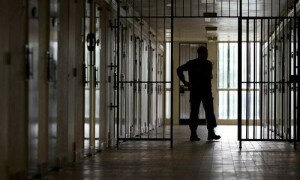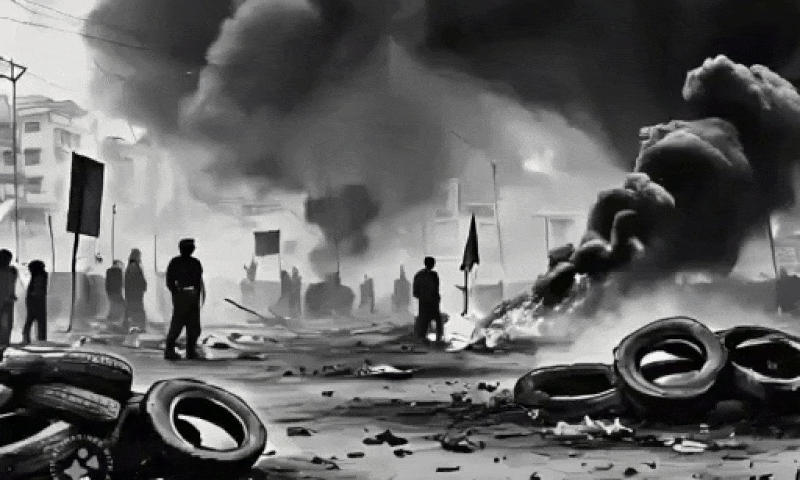WITH headline prices fast headed north, inflation in Pakistan is escalating once again. Over the last three months, the prices of most goods and services consumed by the vast majority reached their highest level in September. Almost everything people eat, wear and use became significantly more expensive last month compared to the first two months of the present fiscal, adversely affecting the low-middle-income households living from pay cheque to pay cheque. This increase in headline readings was expected as inflationary expectations had already been building up because of the deteriorating exchange rate, escalating international commodity markets and rising energy prices. While headline inflation has risen to 9pc from 8.4pc a year ago, the prices of goods and services went up by 2.1pc from the previous month. The rapid surge beats the forecasts of the finance ministry. A look at the prices of 51 essential items that the Pakistan Bureau of Statistics monitors to calculate the average CPI inflation rate reveals that all food items barring a couple, clothing, shoes, energy, telecom services, etc have become costlier than before. With the average inflation rate for July-September surging to 8.6pc or slightly above the target, the annualised CPI reading is widely projected to beat the target of 8pc-9pc for the present fiscal year. In its last monetary policy statement, the central bank had also predicted “imported inflation” would feed into headline prices in the later months of the fiscal.
For some time now, the government has been struggling to defend its failures to control domestic prices since August 2019 by blaming Covid-19 and the recent surge in global commodity markets, claiming that Pakistan is still cheaper than neighbouring India. But that is only partially true. The fact is that misplaced policy priorities like the blind pursuit of growth, neglect of agriculture, the failure to address domestic supply disruptions, etc have contributed as much to the spike in prices as any recent foreign factor. Petrol may be cheaper in Pakistan when compared to India and Bangladesh but our much lower per capita income wipes out this advantage for the majority of Pakistanis. The inflation rate in Pakistan is forecast by multilateral agencies to be higher than in the regional countries India and Bangladesh despite their also being net energy and food importers. This implies that Islamabad needs to fix its industrial, agricultural and energy policies if it wants to hold down inflation in the country.
Published in Dawn, October 3rd, 2021











































